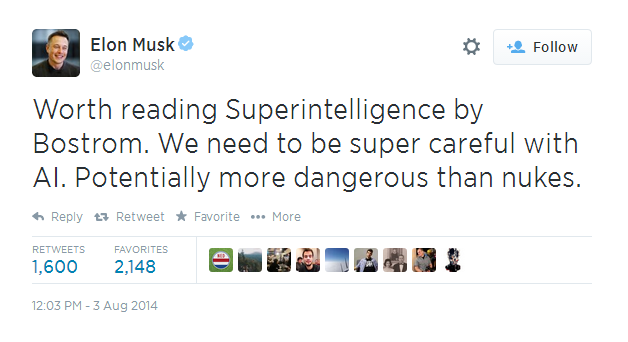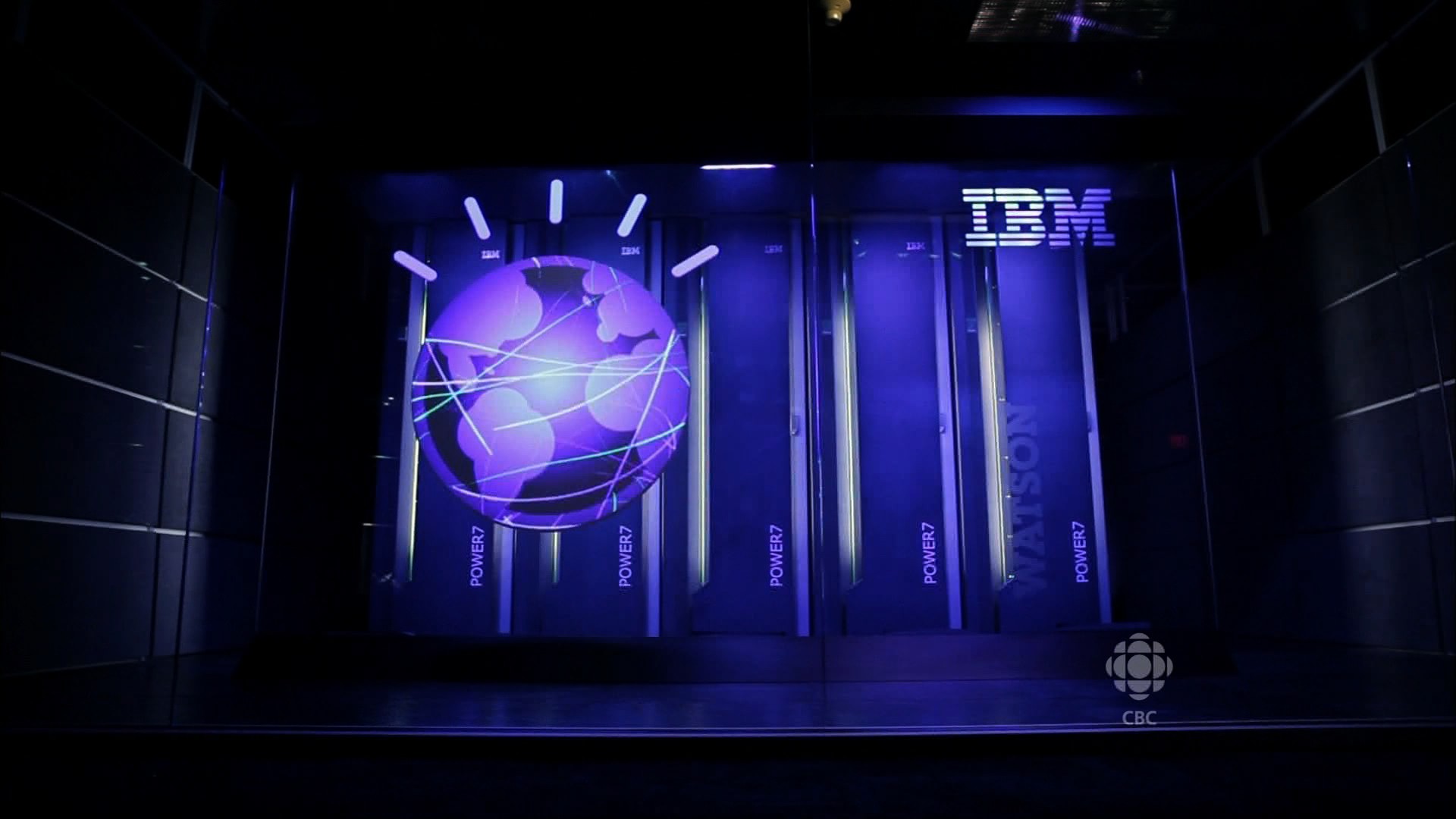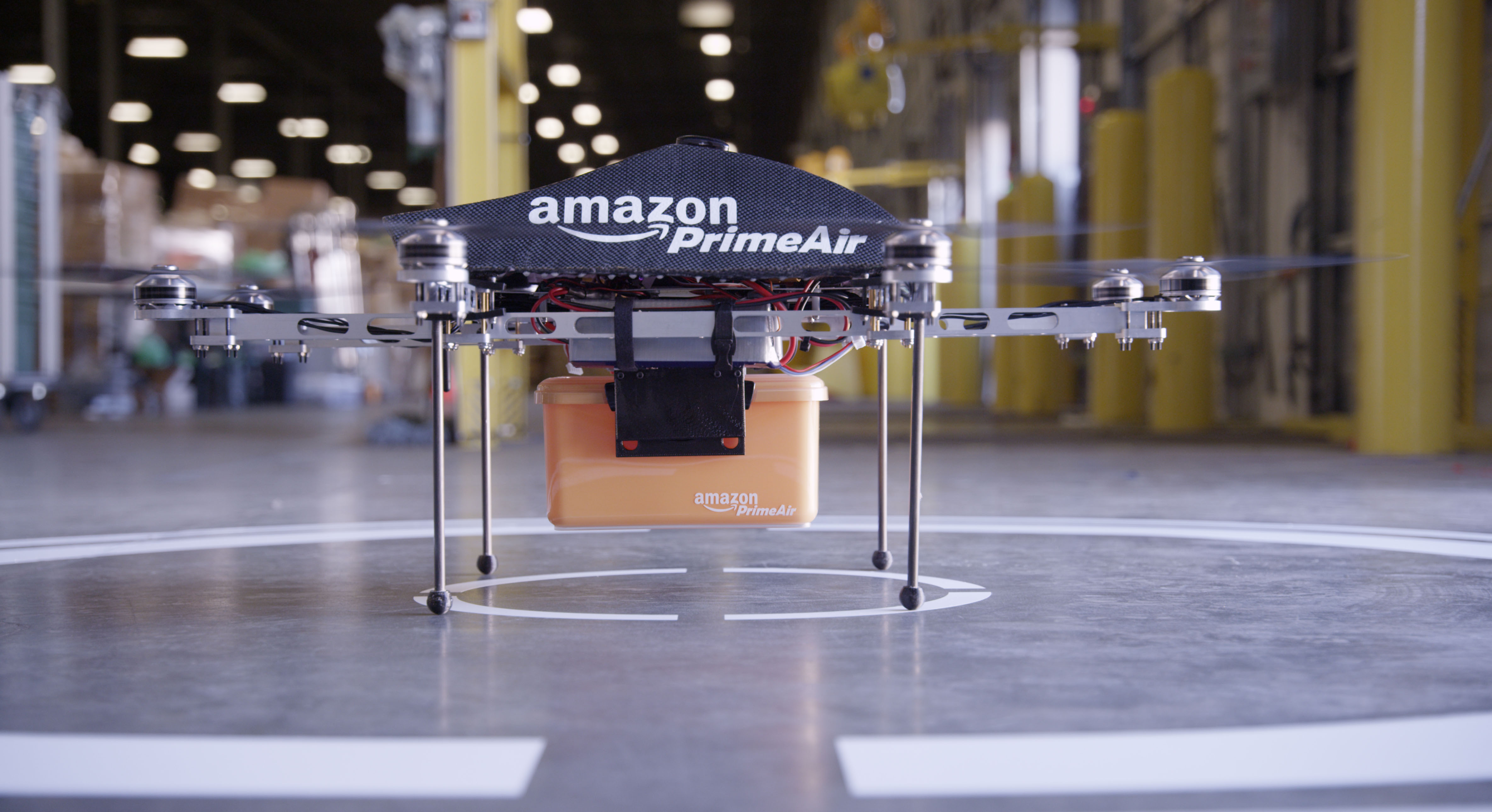Making sense of our connected world

The state of AI in 2015
In the past year, we’ve seen a myriad of technological breakthroughs and made huge steps towards commercializing innovations. Drones are buzzing above our heads while smartphones are getting better at understanding human language. Like many other awe-inspiring technologies, they’re both powered by artificial intelligence. Reasons enough for me to look back at 2015 and the advances made in this controversial and exciting field in 2015.
Hello Dave — Artificial intelligence
Let us start off with some basics. Artificial intelligence, or AI for short, is all around us already. We don’t see AI like HAL from 2001 Space Odyssey, yet. But so-called specialized artificial narrow intelligence helps search engines to learn your preferences, beat you at chess, and park your car. Three main factors aid the progress of AI: Big data (in a way the foundation to build intelligence on), advanced machine learning algorithms that make sense of all this data, and ever cheaper storage and processing power.
What most people think of when they hear AI is artificial general intelligence, i.e., an intelligence that matches ours. It is estimated that humanity is about 30 years away from creating such an AI (Kurzweil, 2005). Some fear the adverse effects such an AI can bring us—for example, mass unemployment, dulling of our minds because we don’t have to think for ourselves anymore, and enslavement or total annihilation of the human race (Yudkowsky, 2008). Interestingly, great minds like Stephen Hawking (astrophysicist superstar), Bill Gates (founder of Microsoft) and Elon Musk (founder of, i.a., Tesla Motors) fear that these developments are not unlikely. Others see artificial general intelligence a little more favorably. When everyday tasks are taken off our shoulders—so the train of thought goes—we’d have more time to focus on creativity, philosophy, and the pleasures of life in general. The internet allowed us to tap into the collective intelligence of billions of people, greatly accelerating innovation and advancement in general. Unlike the industrial revolution, this brain-powered revolution produced mostly positive effects. I wonder what the brain power of millions or billions of machines in connection with our own collective intelligence could achieve.
This tandem will only be short-lived, however, as any AI comparable to our own will quickly begin to self-improve. It is postulated that an AI that reaches this point—the so-called singularity—will outpace human intelligence exponentially (Eden et al., 2012). This will be the dawn of artificial superintelligence and what Gates, Musk, and Hawking are most afraid of as we probably won’t be able to control it. On the other hand, this kind of intelligence would be able to solve problems humanity struggled with so far. A process to create free energy, for example, could potentially be devised by a superintelligence.
Artificial intelligence today
What’s the state of AI today? Well, obviously—or at least to my knowledge—we haven’t reached the singularity yet. As I pointed out above, however, mostly private organizations based in the US have created and commercialized systems that can best be described as artificial narrow intelligences. Apple Siri, Google Now, or Microsoft Cortana will likely understand when you ask them about the nearest French restaurant—alternatively suggesting bench storefront or trench belmont of course. This consumer-facing intelligence remains to be bulky and often annoying. We humans are just too good at everyday communication and tasks. Where today’s AI excels is sweeping through massive datasets, analyzing and making sense of it. These datasets can come from sensors of your private car or NASA’s Mars Rover, your online search history or magma streams under the earth’s surface—you get the idea.
The crown jewel of today’s AI ecosystem is the Watson system created by IBM. What makes Watson special is its ability to learn rather than following programming and its openness. Designed as a platform, it allowed developers to create APIs and technologies around the system. IBM Watson Natural Language Classifier, for example, was co-created through an open developer platform called the Watson Developer Cloud. In September 2015 the service and an enhanced set of technologies was opened to anyone who wants to create and commercialize products and services around Watson, thus making cognitive computing available on a scale never before seen.
Another tech-behemoth that stepped up its AI game is Facebook. In June 2015, the social network company opened a research institute in Paris to explore the “field of machine intelligence and [develop] technologies that give people better ways to communicate. In the long term, we seek to understand intelligence and make intelligent machines”. Unsurprisingly, Mark Zuckerberg, Facebook’s founder and CEO believes that Facebook’s AI will be able to interpret and describe images accurately, enhancing the social network’s user experience. Google, yet another US-based private corporation, also uses narrow AI—or neural networks and deep learning to be precise—to recognize images. Similar to Facebook, Google open-sourced parts of their deep learning tools in 2015, allowing developers to field-test the algorithms and build own applications around them.
Venture capital is also getting a grip on AI and finances a growing number of startup companies. For example, Orbital Insights uses AI to support construction and agricultural industries and received 8.7m USD, while Atomwise utilizes trained algorithms to discover new drugs and received 6m USD. Another example of a system of specialized algorithms is a financial investment service that was launched in early 2015, called Schwab Intelligent Portfolios (www.intelligent.schwab.com). Essentially, the algorithm creates a portfolio based on one’s preferences (risk affinity, industry focus, etc.) and then invests and manages funds automatically—no humans involved. Proponents praise the system’s objectivity and low costs compared to traditional investment firms. Opponents question the objectivity and massive speed and volatility that could lead to unforeseeable crashes. Human checkpoints might stem this issue, but it already seems like “(p)eople still have a role in the financial system but it’s changing. On Wall Street at least, it’s a machine’s world.” (Fleury, 2015)
In 2015, we also saw major advances in the field of unmanned autonomous vehicles (UAV). Drones, what they’re commonly called, went beyond the military domain and truly entered the recreational and commercial areas. In fact, drones roaming the skies became so widespread that the US Federal Aviation Administration now requires UAVs to be registered. The drones are just not intelligent enough to evade oncoming planes or generally avoid certain areas such as airports. The UK-based research project Green Brain attempts to emulate honey bees’ brains to command next generation drones. The researchers are after the animal’s superior sensory system and integration of inputs to recognize and conceptualize patterns. Eventually, drones will be equipped with artificial bee intelligence to bring “sophisticated visual-based navigation and cognitive functions in a flying robotic platform.” Opponents of untethered robot AI argue that it ought to be bound to human checkpoints to prevent undesired consequences. In this light, the activist group called Stop Killer Robots attempts to completely ban fully autonomous weapons. Others see a bright future with drones hummingly delivering goods to disaster-stricken regions or your doorstep—e.g., via Amazon Prime Air.
TL;DR & upshot
In essence, artificial intelligence saw great progress in 2015. Though research and development are ongoing, their pace is ever accelerating with more and more money and (human) brain power devoted to AI. The two trends shining out, however, were openness and dissemination. Companies like IBM, Facebook, and Google opening parts of their platforms show sturdy progress and readiness to field-test technologies. At the same time, narrow AI diffuses into a myriad of existing and new applications such as drug discovery, financial services, and UAVs. Both trends are dominantly driven by US-based startups and corporations—in addition to the US military’s involvements. Where all of this leads to is unknown. Will it be fully autonomous AI that turns neurotic and homicidal like HAL? Or will it be benevolent general AI that solves humanity’s most pressing problems, heralding an era of abundance? We don’t know yet, but looking back at 2015, I’m more than excited about AI in 2016 and beyond.
Illustration (Title): Google
Literature
- Eden, A. H., Moor, J. H., Søraker, J. H., & Steinhart, E. (Eds.). (2012). Singularity hypotheses: A scientific and philosophical assessment. Berlin: Springer.
- Fleury, M. (2015). How artificial intelligence is transforming the financial industry.http://www.bbc.com/news/business-34264380 (retrieved 20160101).
- Kurzweil, R. (2005). The singularity is near: When humans transcend biology. Penguin.
- Russell, S. J., & Norvig, P. (2010). Artificial Intelligence: A Modern Approach (3rd ed.). Upper Saddle River, NJ: Prentice Hall.
- Yudkowsky, E. (2008). Artificial intelligence as a positive and negative factor in global risk. In N. Bostrom & M. M. Ćirković (Eds.), Global catastrophic risks (308-345). New York: Oxford University Press.
This post is part of a weekly series of articles by doctoral canditates of the Alexander von Humboldt Institute for Internet and Society. It does not necessarily represent the view of the Institute itself. For more information about the topics of these articles and asssociated research projects, please contact info@hiig.de.
This post represents the view of the author and does not necessarily represent the view of the institute itself. For more information about the topics of these articles and associated research projects, please contact info@hiig.de.

You will receive our latest blog articles once a month in a newsletter.
Digital future of the workplace
Online echoes: the Tagesschau in Einfacher Sprache
How is the Tagesschau in Einfacher Sprache perceived? This analysis of Reddit comments reveals how the new simplified format news is discussed online.
Opportunities to combat loneliness: How care facilities are connecting neighborhoods
Can digital tools help combat loneliness in old age? Care facilities are rethinking their role as inclusive, connected places in the community.
Unwillingly naked: How deepfake pornography intensifies sexualised violence against women
Deepfake pornography uses AI to create fake nude images without consent, primarily targeting women. Learn how it amplifies inequality and what must change.







